eXtensions - Wednesday 12 February 2025
By Graham K. Rogers
![]()
Every year, Invent for the Planet, an innovation-fostering 48-hour global collaborative competition, is held simultaneously at some 50 universities worldwide. For several years, students at Mahidol University, Thailand, have been enthusiastic participants with two winning groups selected to appear at the finals held at Texas A&M University in recent years. The weekend is fun but hard, with students picking up skills they would not learn in the classroom.
Invent for the Planet 2025 was held at the Faculty of Engineering, Mahidol University, Thailand, this weekend, as well as at some 50 universities worldwide, simultaneously. The event kicked off in Thailand at 4pm local time. As in the past few years, the venue was the well-equipped Innogineer Studio (Innovation/Engineer) at the Salaya campus of the university. Some 40 students, from different faculties at the Salaya campus had registered, including a few from the Phayathai campus in central Bangkok, although in the end only one was able to attend.
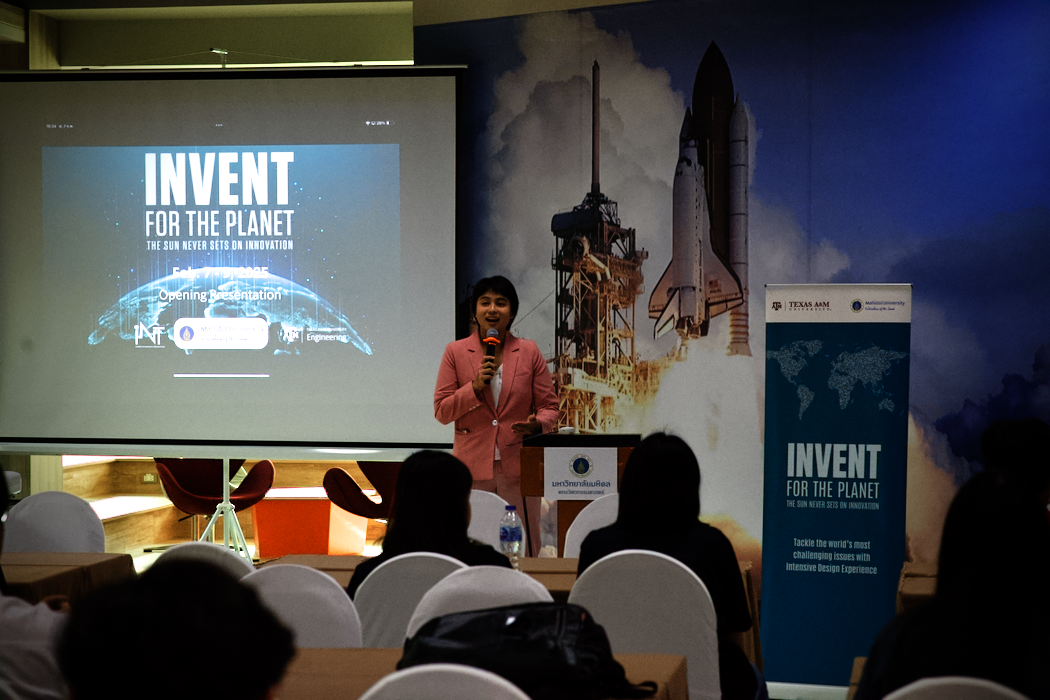
Tanatip Uan-On Kiatfuengfoo of the Electrical Engineering Department took the role of compère, while the Dean of the Faculty of Engineering, Dr. Thanapat Wanichanon, attended (not for the first time). He welcomed the students and spoke about the benefits of such events.
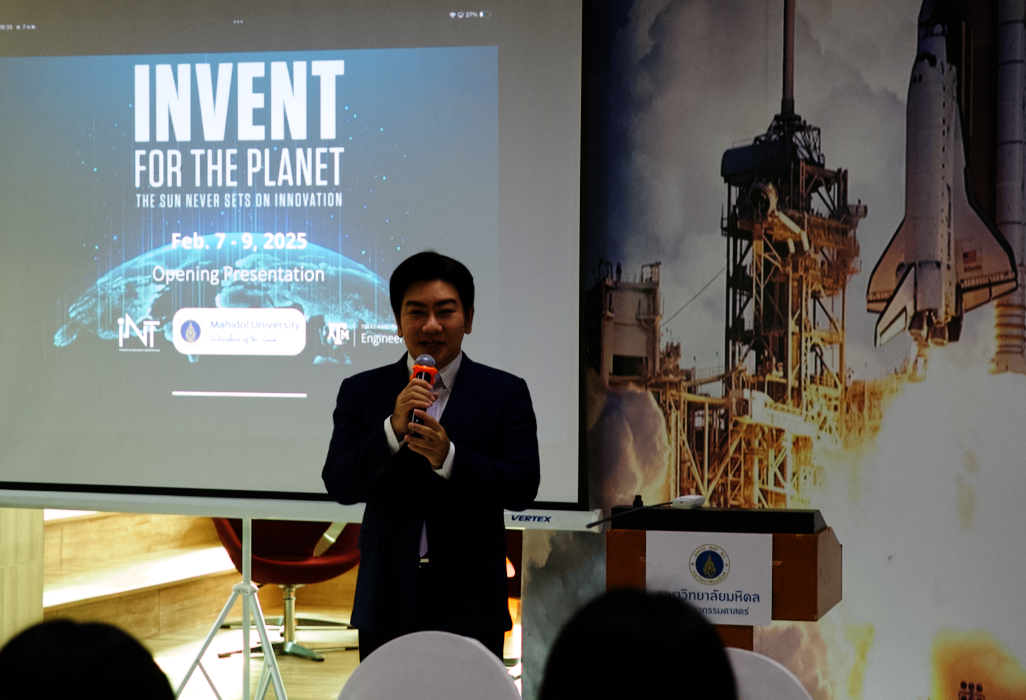
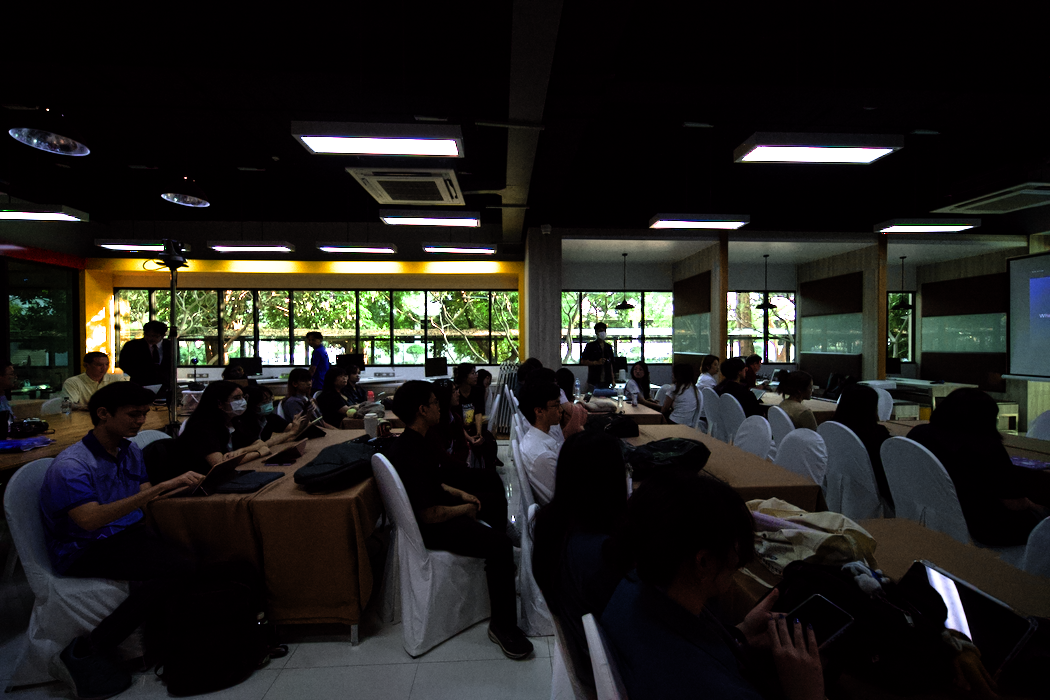
|
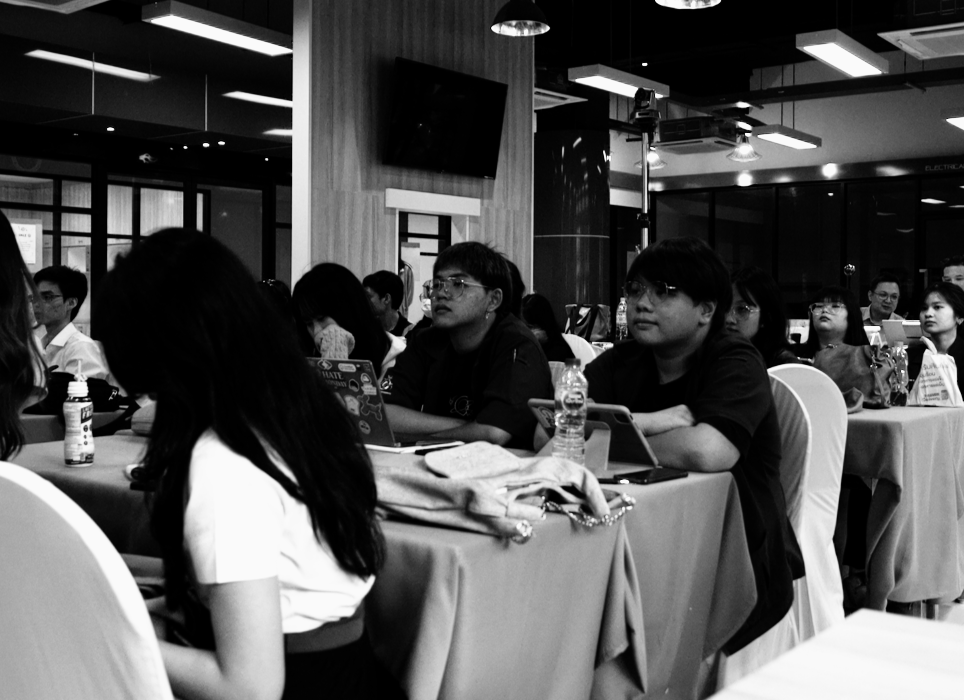
|
The six areas were:
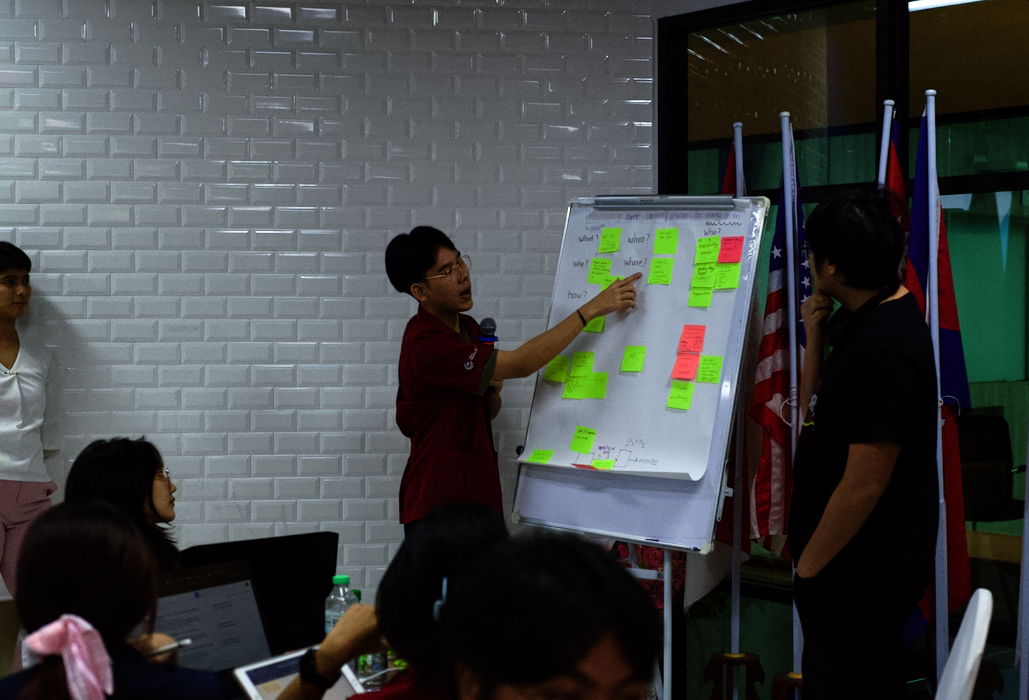
|
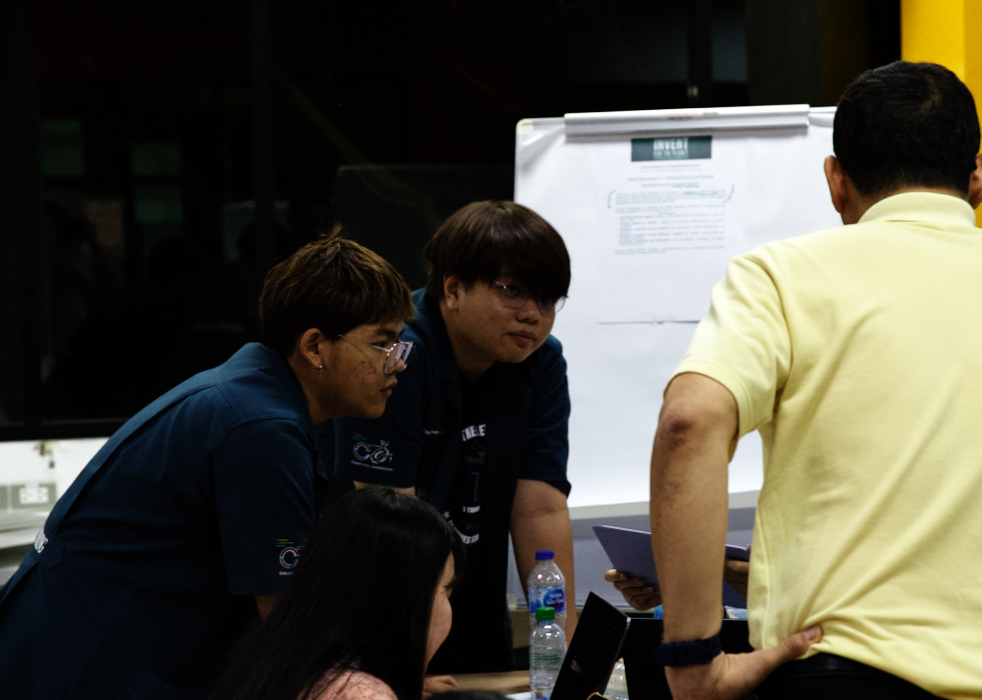
|
After some hard thinking and the liberal use of the Post-It notes that always feature heavily in the process of idea-forming at these events, late on Friday evening the groups were asked to outline how far they had come. After a representative from each group had spoken, there was feedback from the mentors - each giving the students more ideas. Hopefully, the colliding synapses would help them generate the right approach and produce a viable solution. I uploaded a number of photographs from the Friday session to the eXtensions site.
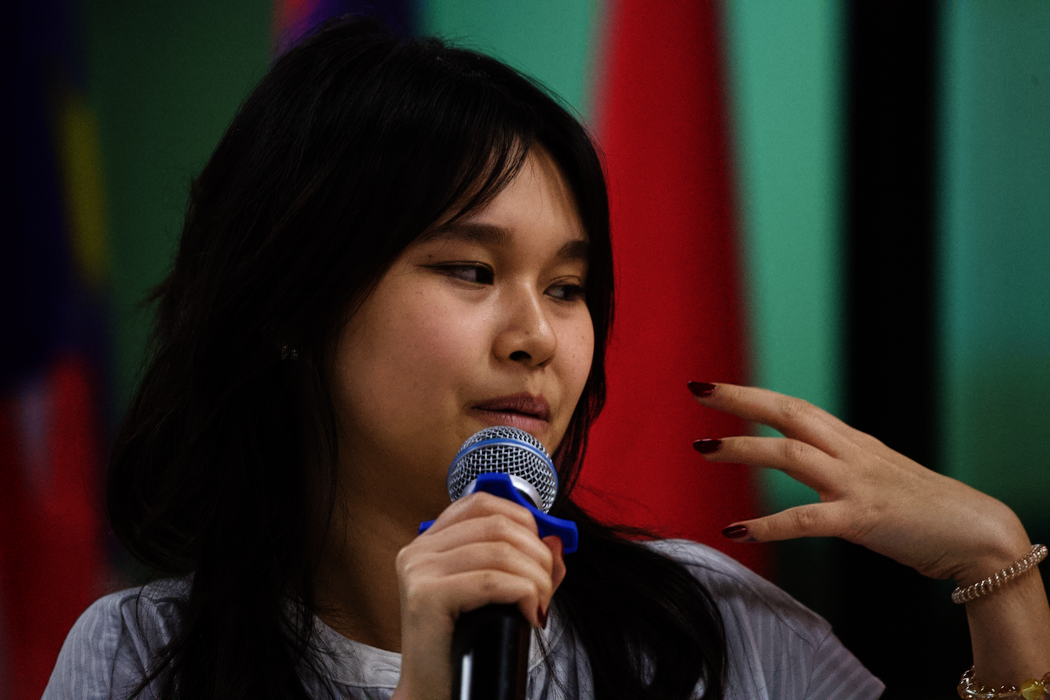
|
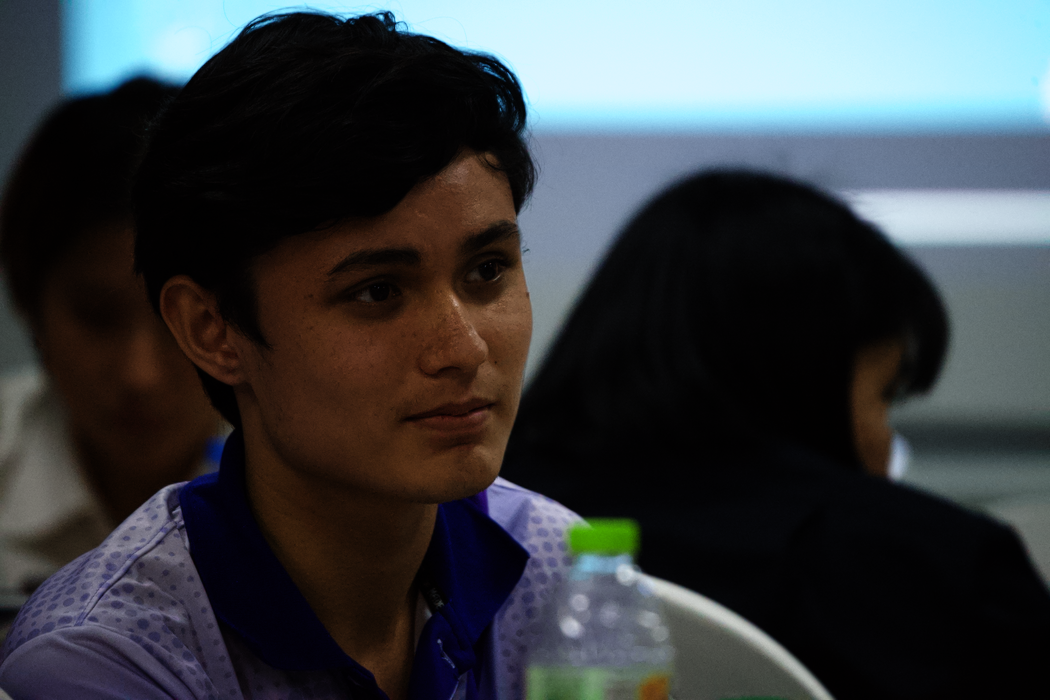
|
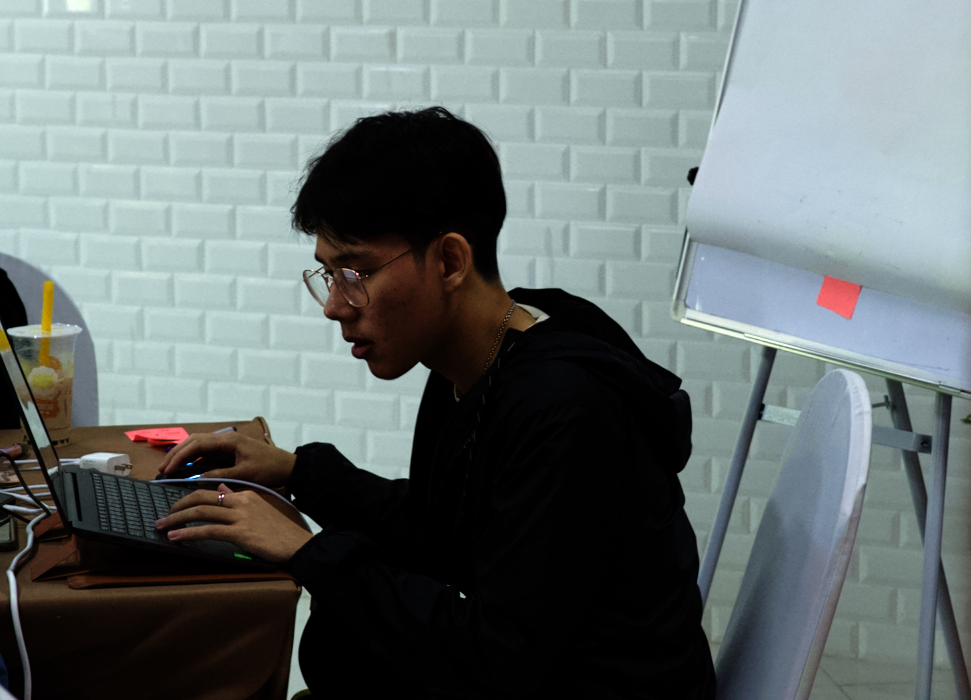
|
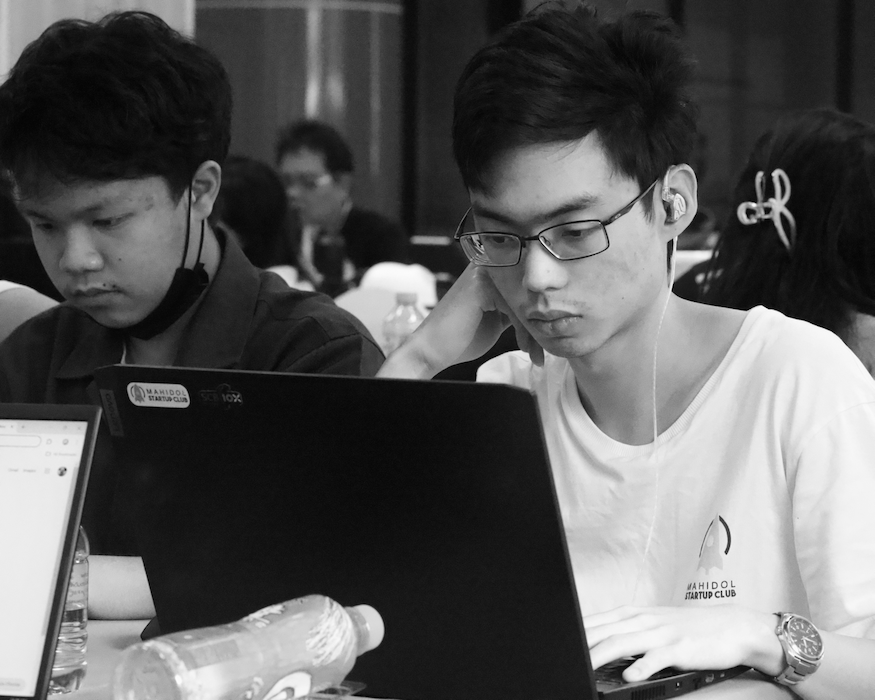
|
Shortly before the break, in a similar way to Friday, a member of each group presented the ideas to the room. The mentors followed up with suggestions and suitable questions. The students were also aware that, in with the other solution developments that were needed, they would make more formal presentations, starting at 6pm.
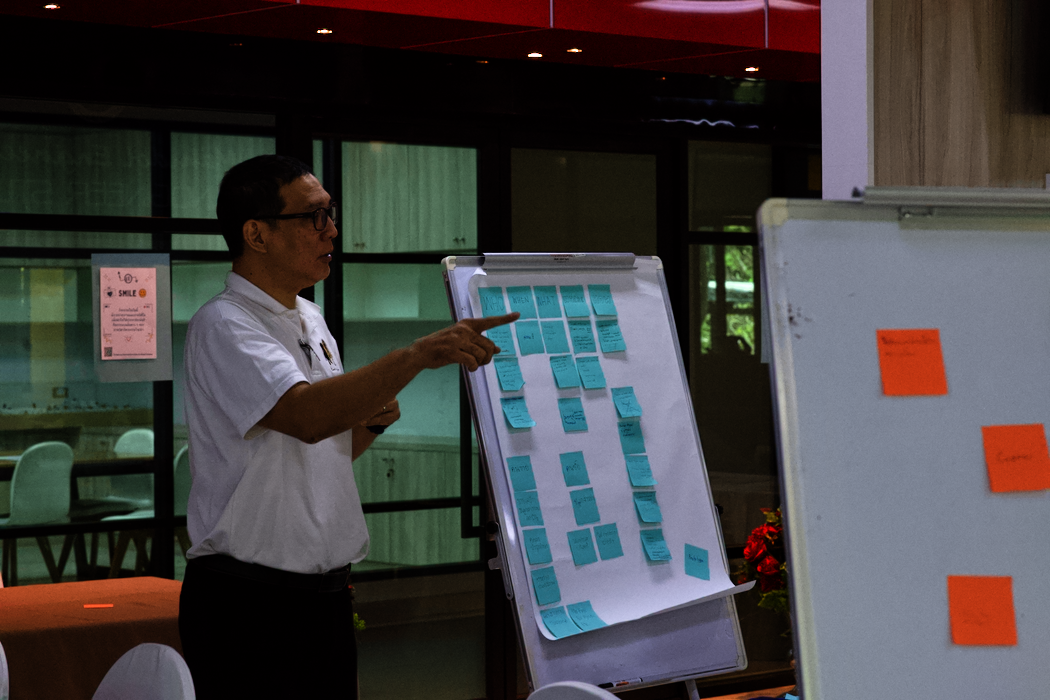
|
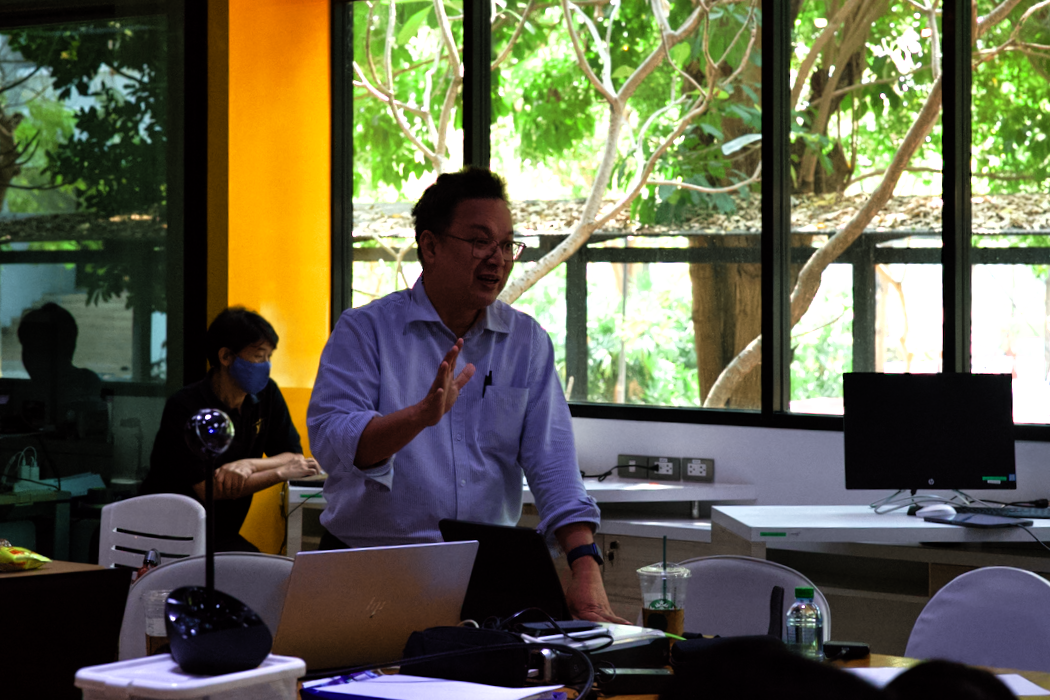
|
After lunch the mood intensified. I wandered round, noting progress, while asking salient questions like other mentors. Some had well-formed solutions, although one group that had changed direction on Friday, acknowledged that they had taken a wrong turn when they came to ask for guidance. This is where the mentors, like Dr. Phattanard Phattanasri and Boonyanit Mathayomchan (from the Mahidol University International College), can be so effective. They redirected the students with hints - picked up and turned into an effective solution - and gently raised their morale, encouraging them not to give up because of the benefits in non-curricular skills they absorb. As my background differs from the engineering lecturers, I have different insights. I also spoke to this group and in encouragement told them that in previous events on Saturday afternoons, something magic happens. Students can turn their vague ideas into something inspiring. I am not sure they were convinced, but by Sunday evening they were.
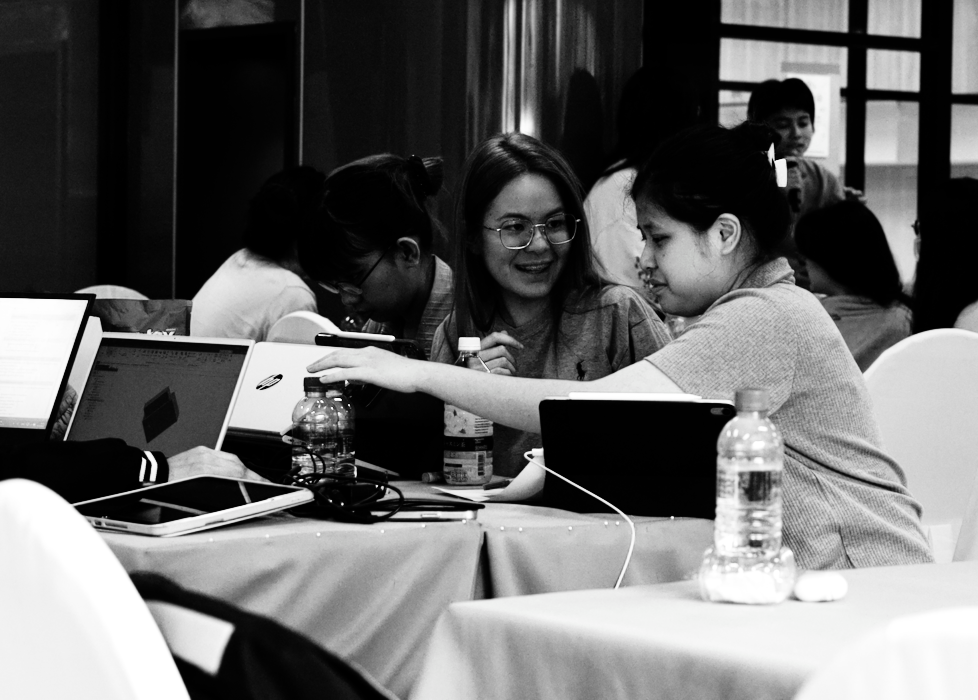
|
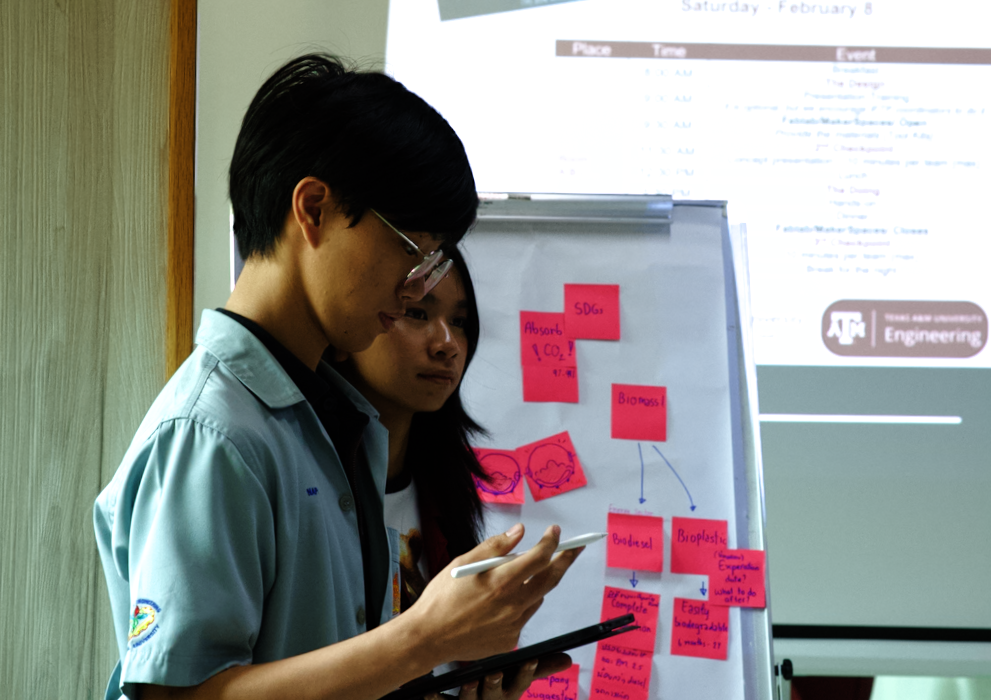
|
The work continued during the afternoon until the first presentations began. With seven groups this took quite a while as the feedback and suggestions were lengthy in most cases. Each group of students rehearsed their ideas and showed their slides in a slightly more formal setting. It is always interesting to see how, with some groups, the penny drops after the comments. The hope is that they go away and improve the presentation, but what many may not grasp is that this work - and ideas from other insights - brings much needed focus to their solutions.
The group that had been despairing earlier, had used their strengths (Chemical and Computer Engineering, and Computer Science) to produce a whole new solution that began to look like it had potential. They had clearly listened to the advice that had been offered (as did the others) and by Sunday morning the content (including the slides) was much improved. There was more to come.
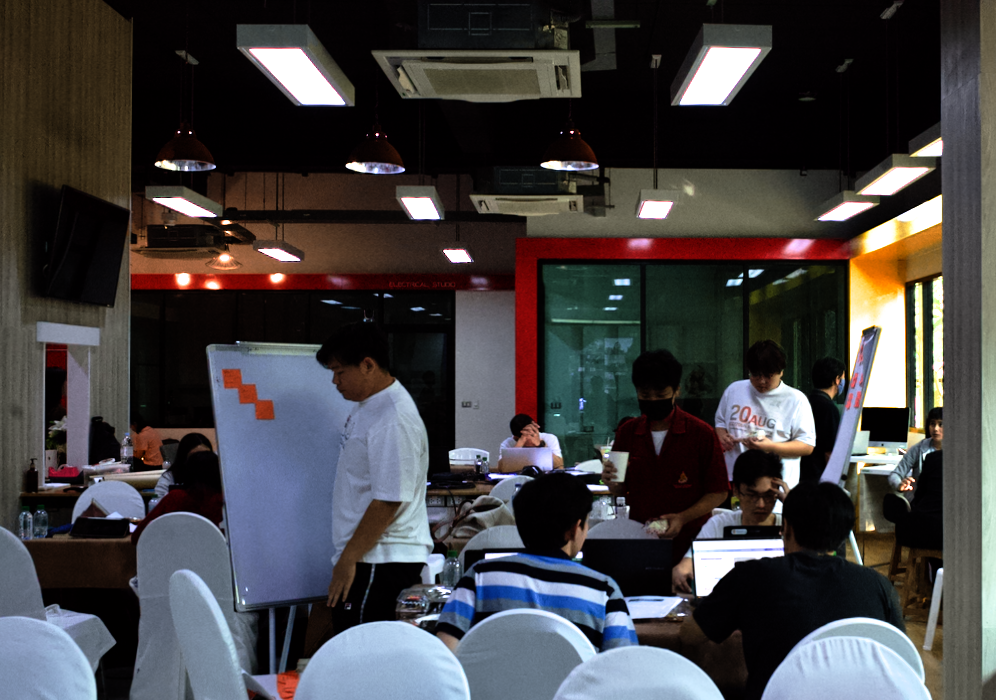
|
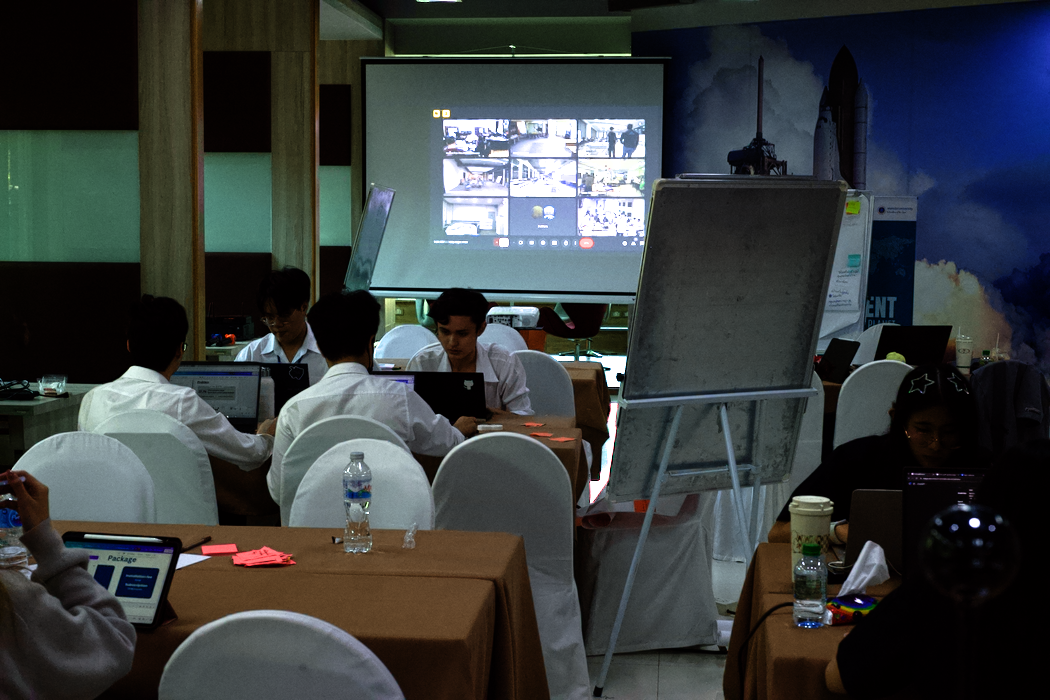
|
After an early-evening meal on Saturday evening, the groups continued their work as the hours ticked away. Around 10pm we vacated the Innogineer Studio. While some of us older folks headed home for a welcome rest, many of the students continued work. We would see the results of their overnight toil on Sunday morning. Photographs from Saturday and Sunday, including the prize-giving are available on the eXtensions site.
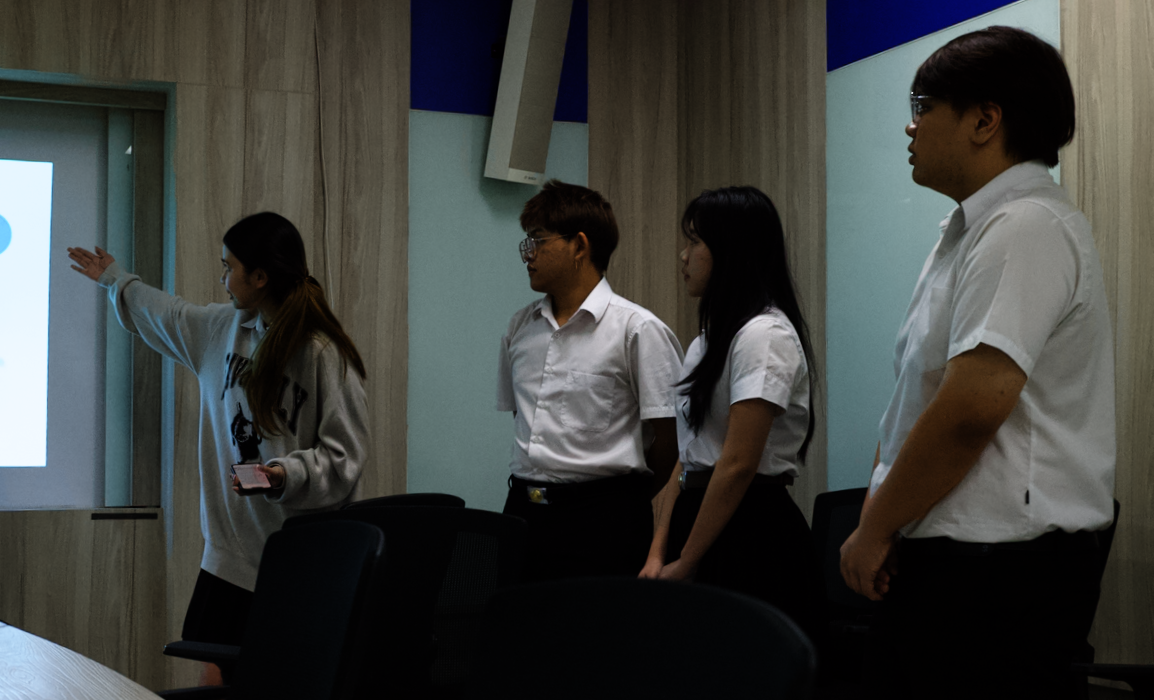
|
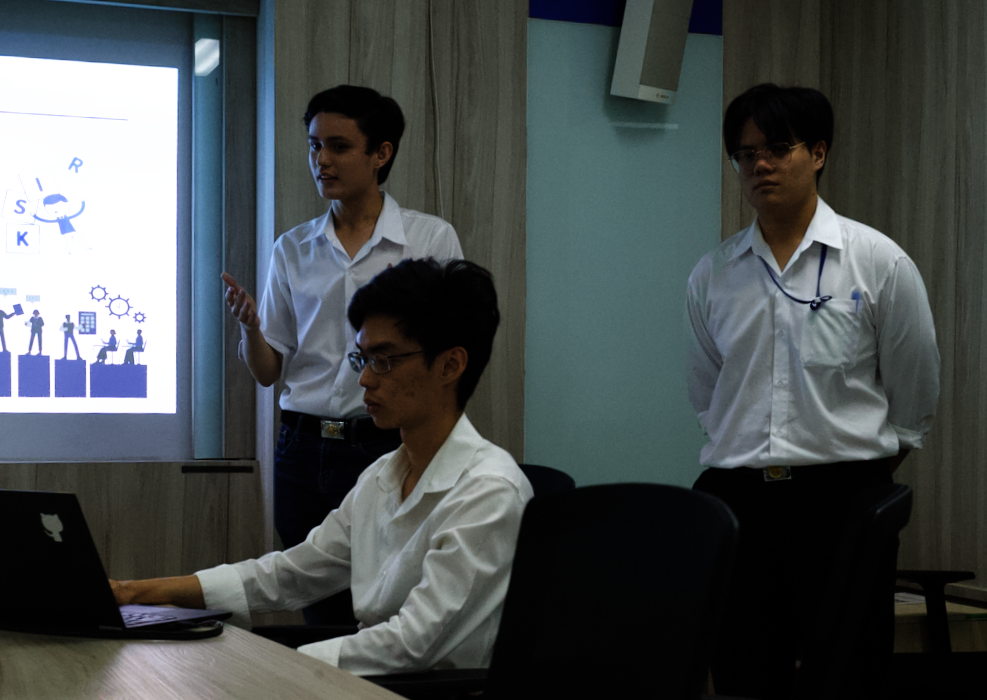
|
The judges arrived and were introduced. A couple were welcome returnees. They enjoy Invent for the Planet as much as students and mentors. Just after 2pm, the presentations began. With live links and online file access there were one or two technical problems, particularly with the 90-second pitching videos that preceded each oral presentation. The technical staff on hand dealt with these swiftly and delays were minimized.
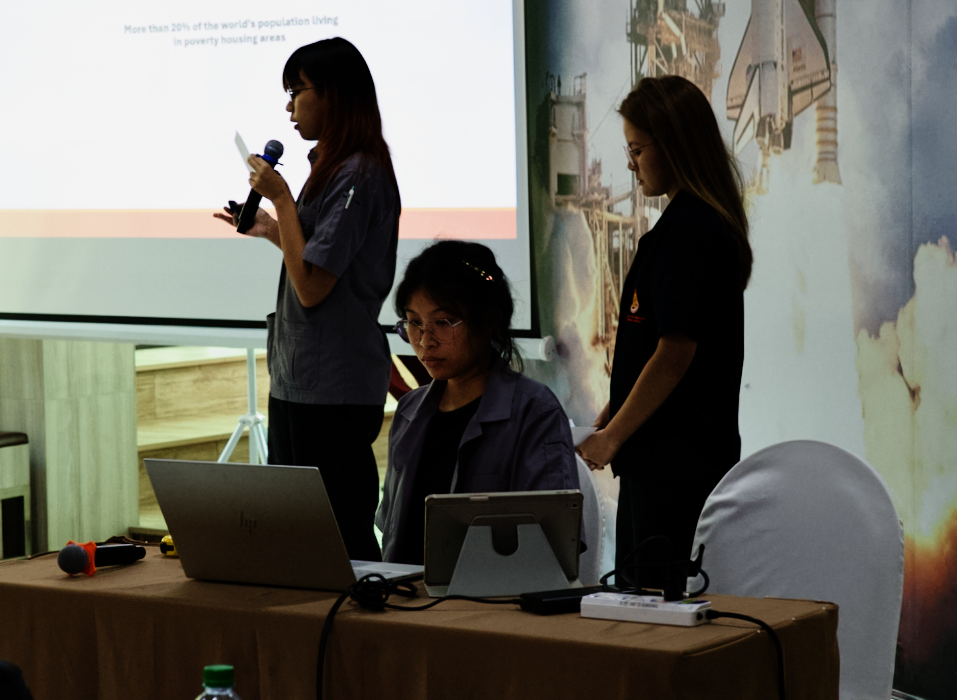
|
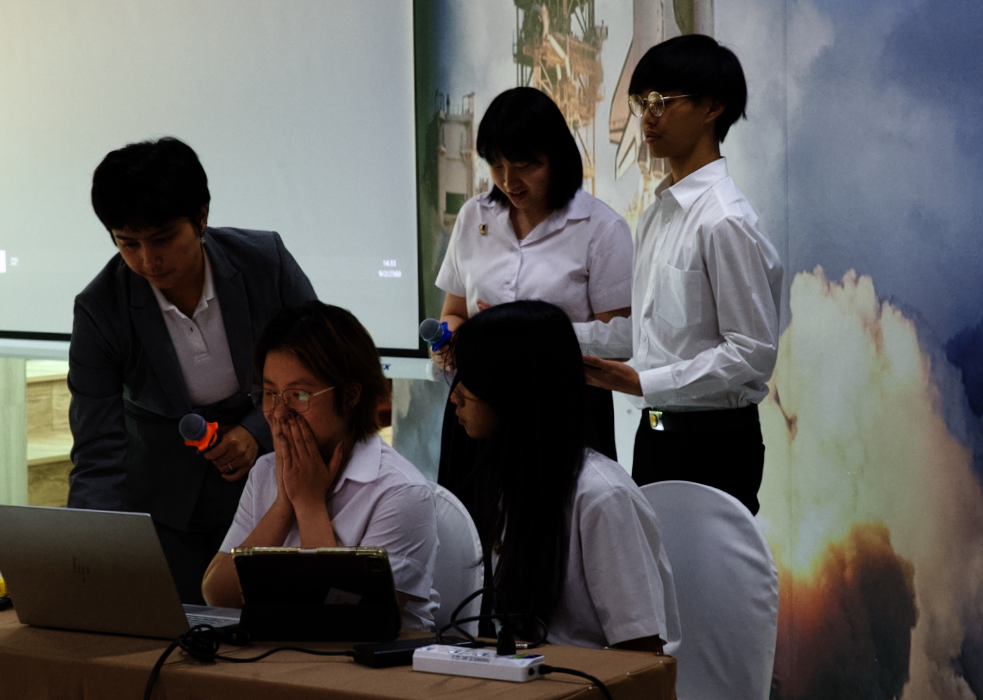
|
Some of the groups had prototypes ready: either output from the 3D printers; or those that they had developed by other means. In general the presentations went smoothly, each followed by questions from the judges, with no major glitches.
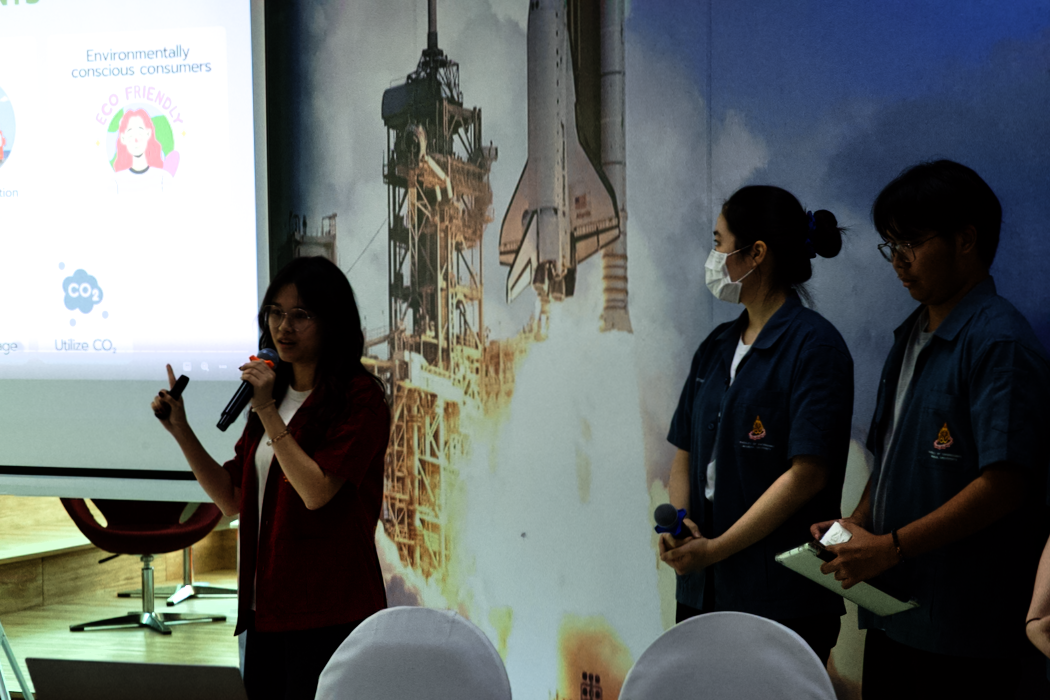
|
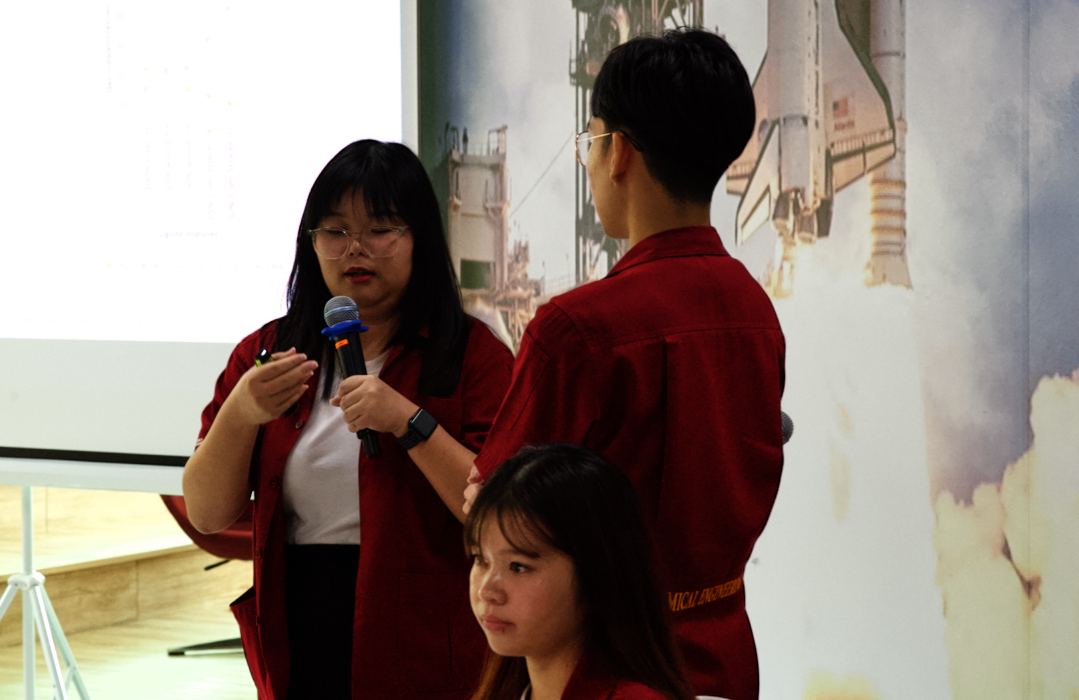
|
The seven solutions were:
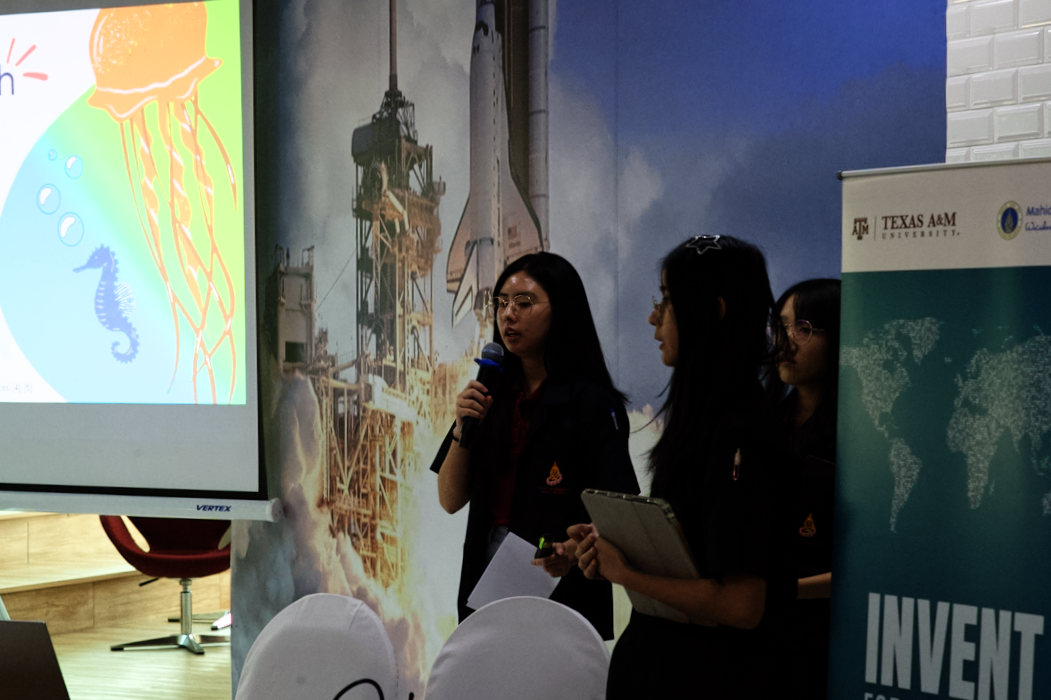
|
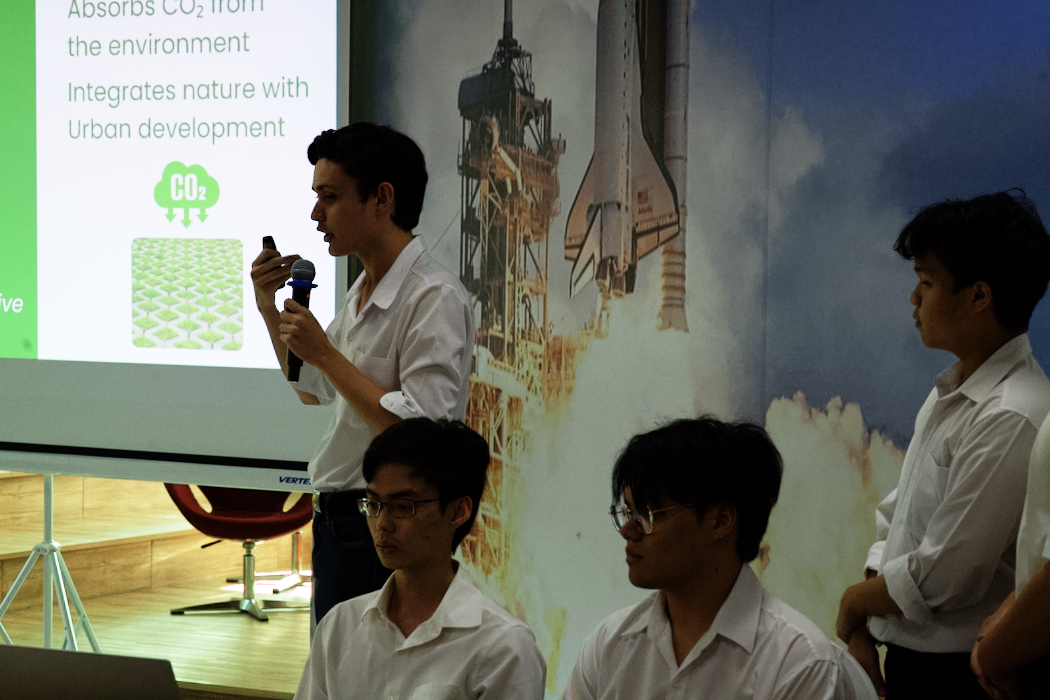
|
While the judges were deliberating, Tanatip asked the students for comments about the weekend. This interim session went off fairly well, with some positive input and a few laughs.
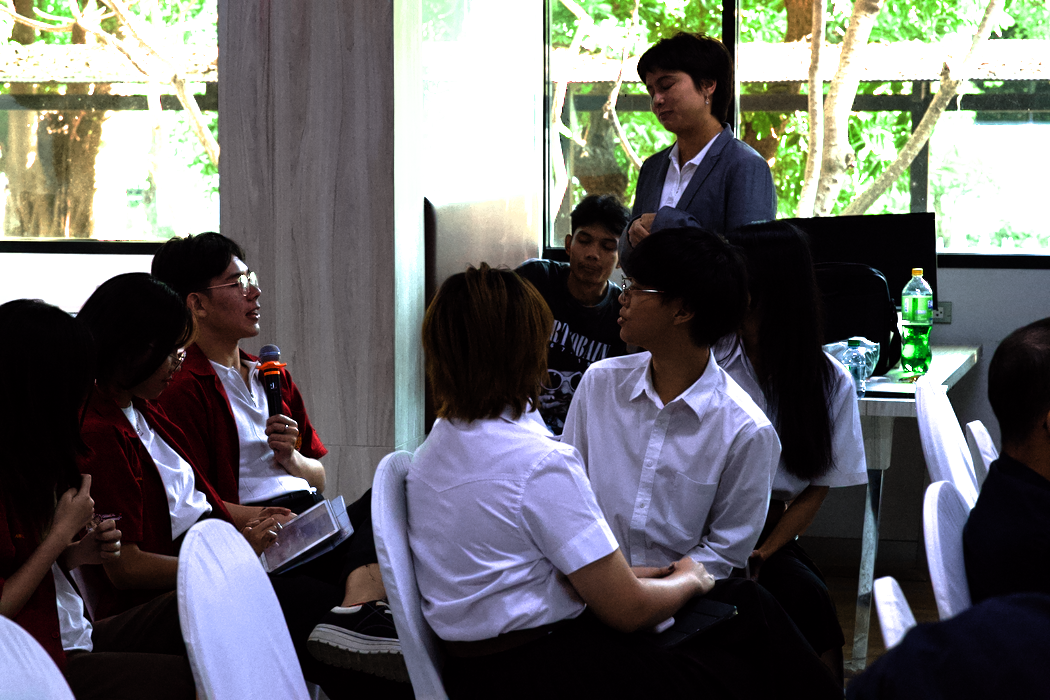
The judges returned after about 30 minutes with their decisions and Thanatip made much of the tension in the room before the first announcement was made, enhancing the excitement:
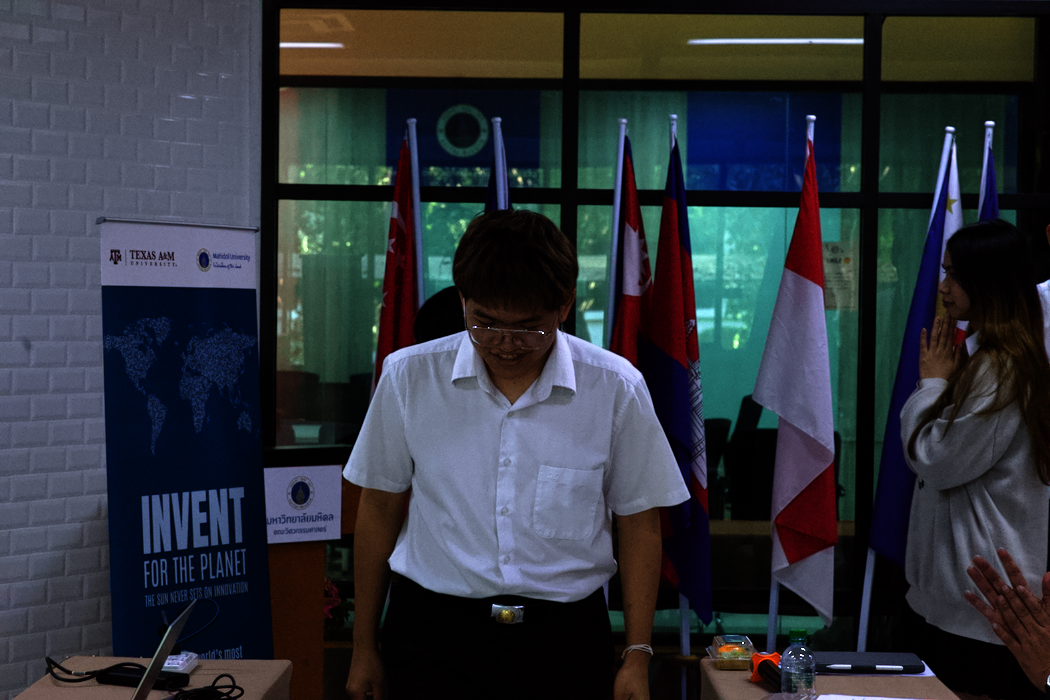
Third Place went to the LomJomTeam, a solution that allowed users to receive a warning when food in a refrigerator is at risk of spoiling. I was pleased with this result, although slightly surprised, as this group had almost given up on Saturday. But something magic did happen.
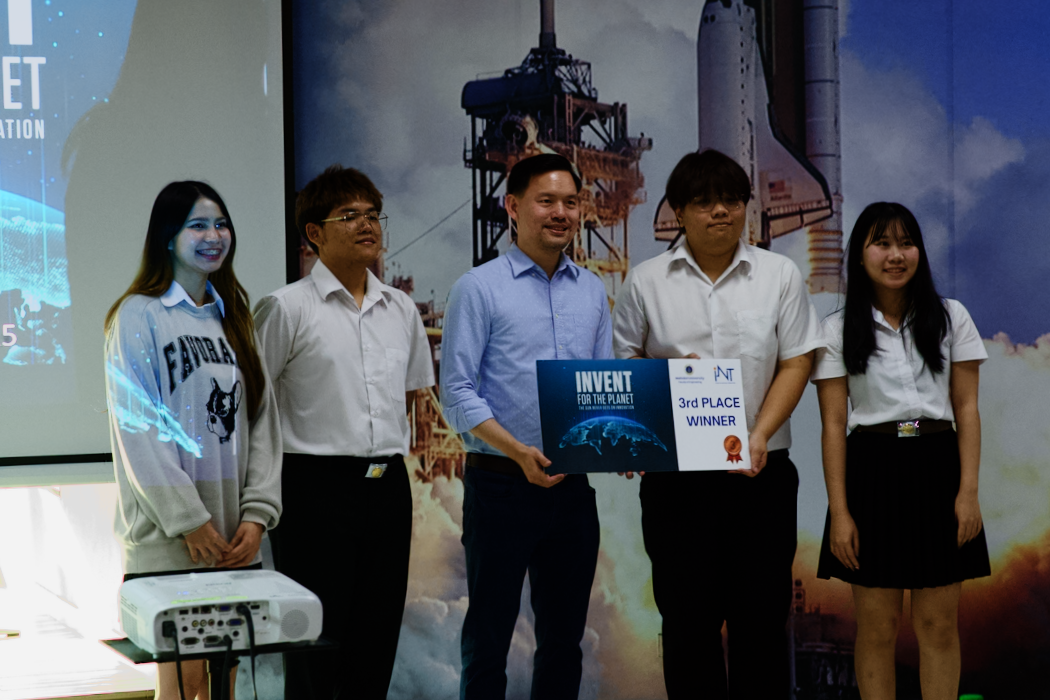
Second Place (Olibit) was awarded to a group of students from Engineering, other faculties at Salaya, and one student from the Phayathai campus in central Bangkok, studying a medical course. They had looked at the properties of the mineral Olivine and put forward the idea of decorative blocks that would react with the carbon dioxide in the ground, storing carbon, while allowing plants and grass to grow through the gaps in the blocks.
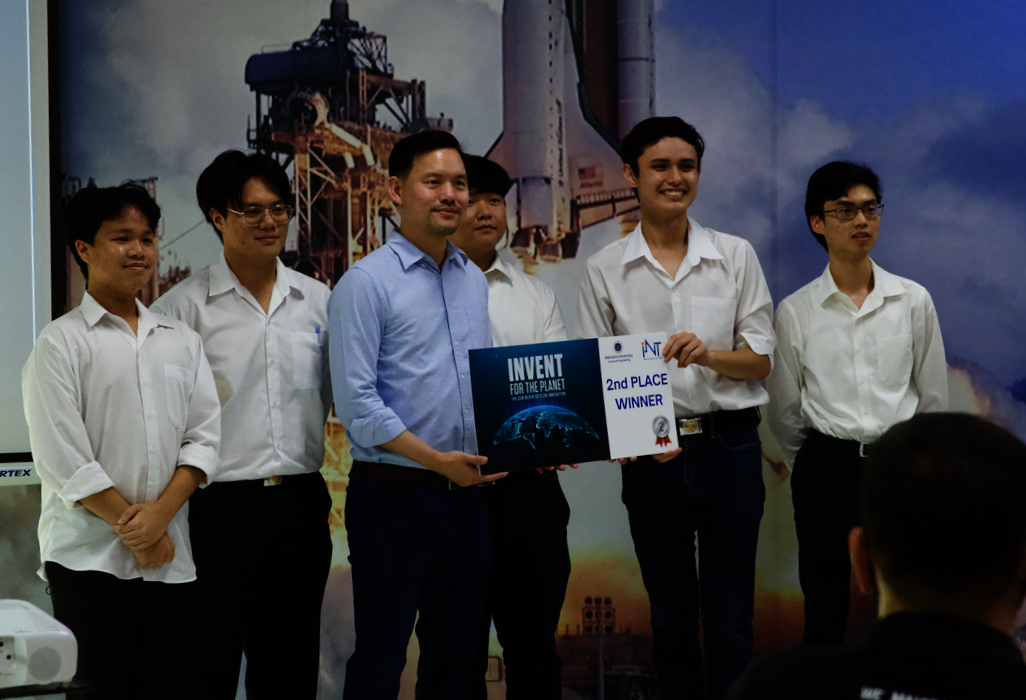
First Place brought forth screams of delight from all the members of the AlgaeX team and many in the audience, releasing the tension. These students had designed a device that would float in water (river, pond or lake) and allow chlorella algae to grow for regular harvesting, followed by transesterification - turning biomass into biofuel. The group of Biomedical and Chemical Engineering students had brought their varied skill sets to the table to propose a workable solution. This presentation, with a demonstration of how the floating device would work, clearly impressed the judges.
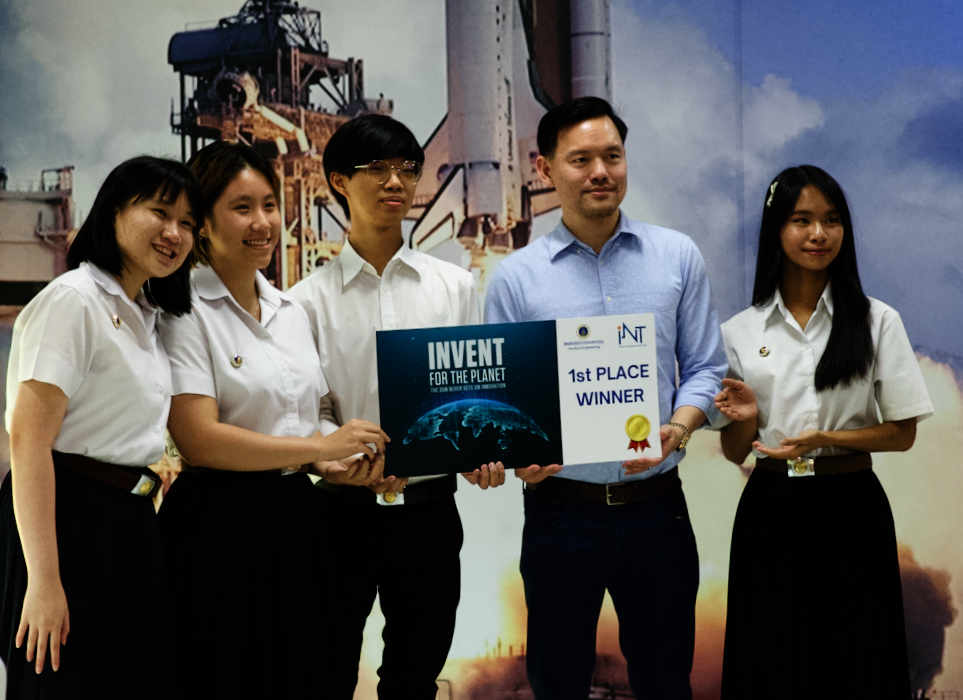
After much delight, congratulations and many selfies, the crowd began to thin out, while the behind-the-scenes staff began to tidy up the Innogineer Studio for Monday morning. It was time for reflection too. I always come away from these events with a feeling of a job well done. Apart from the logistics and technical achievements, the students benefit so much from their own discoveries over the weekend. They learn analysis, teamwork, how things work (and how they don't) as well as experiencing frustrations and failure, then how to pick themselves up and make it better. The curriculum cannot do this. Many recognise these benefits and it was good to see a number of students attending for the second or third time. We hope to see them again next year.
Photographs from the Friday session
Photographs from Saturday and Sunday
Graham K. Rogers teaches at the Faculty of Engineering, Mahidol University in Thailand. He wrote in the Bangkok Post, Database supplement on IT subjects. For the last seven years of Database he wrote a column on Apple and Macs. After 3 years writing a column in the Life supplement, he is now no longer associated with the Bangkok Post. He can be followed on X (@extensions_th). The RSS feed for the articles is http://www.extensions.in.th/ext_link.xml - copy and paste into your feed reader.

For further information, e-mail to
Back to
eXtensions
Back to
Home Page